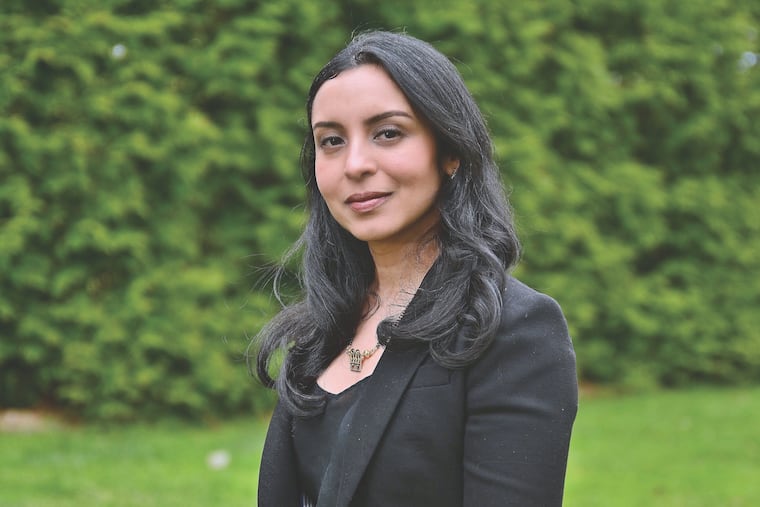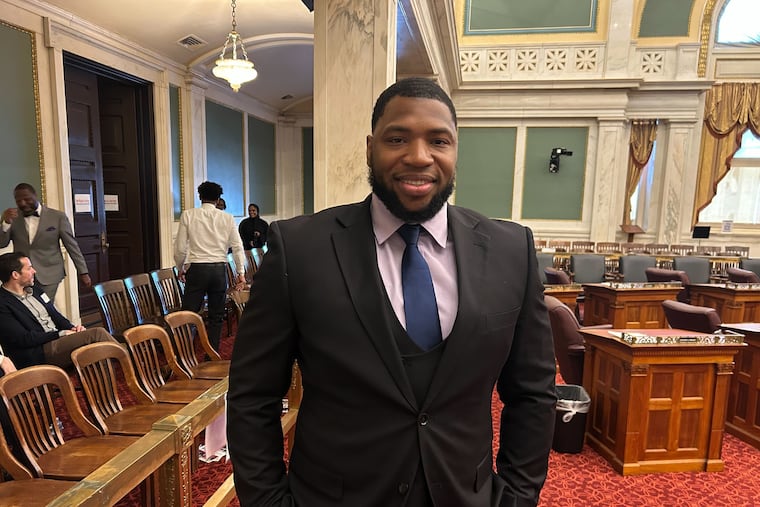Latin American Book Fair Makes a Comeback in Philadelphia
The annual Latin American Book Fair held in Philadelphia proved to be a vibrant celebration of cultural diversity and literary creativity, featuring the works of 32 Latino authors. Among the highlights was 9-year-old Luke Szapiel, a Venezuelan American who has taken the initiative to become a bilingual author after struggling to find suitable reading materials. His self-published book, “Back to the Pigeon,” reflects his desire to create literature accessible to young readers in both English and Spanish.
The event, hosted at the Kimmel Center, welcomed an audience of approximately 200 attendees, adorned with flags representing Mexico, Colombia, Uruguay, Venezuela, and 14 other Latine countries. The atmosphere encouraged discussions around the importance of bilingual and multicultural storytelling—a necessity that Szapiel personally identified with. During his presentation, he articulated the significance of writing in two languages as a means to broaden readership and foster inclusivity among children. His narrative entwines elements of culture, adventure, and learning from historical mistakes, embodying a rich connection to his heritage.
Participants like Nez Rendon sought out bilingual literature that resonates with their children’s identities. As a mother of three who identifies with Puerto Rican, Mexican, and Colombian descent, Rendon emphasized the critical need for her children to see representations of their culture. She believes that such narratives play a vital role in fostering a sense of belonging amidst a complex world.
The fair was not solely focused on children’s literature; it also showcased works addressing pressing social issues. The community group Comadre Luna introduced their upcoming illustrated book, “Voces de oro,” which explores the effects of gentrification in Kensington, a notable Latina neighborhood in Philadelphia. Set for release by the Independence Public Media Foundation in December, the book aims to amplify local voices through visuals, transcending language barriers.
Other authors, like Clara Elena García, also contributed significantly to the event by presenting her trilingual book “Seven Legendary Monsters,” which celebrates Paraguayan folklore through the languages of English, Spanish, and the Indigenous Guaraní. García traveled from Albany, N.Y., to share her cultural narrative, highlighting the pressing need for greater representation of Latin American authors in the literary landscape.
As traditional dancers from the Ñuuxakun dance company captivated audiences with their performances, the fair underscored the essential role of literary events in championing cultural heritage and fostering community engagement. Through platforms like the Latin American Book Fair, Latino authors and stories continue to inspire hope, creativity, and connection in a diversifying America.







